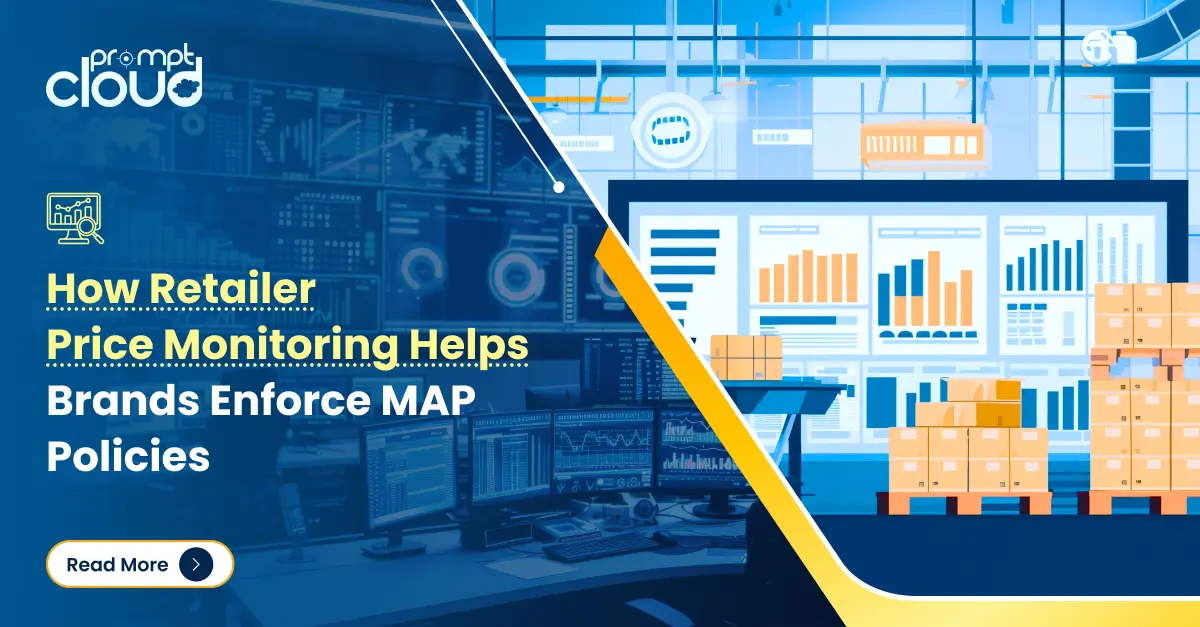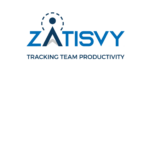
With businesses trying to stay competitive and grow in today’s more digital world, digital transformation has become an imperative. However, many organizations understate the whole cost of transitioning to new digital technologies and platforms. The sizable upfront investments in new software, hardware, and services are only the beginning of hidden costs that can quickly skyrocket if they are not well managed.
To succeed with digital transformation, companies require sound and flexible software-as-a-service (SaaS) solutions that can grow with changing business requirements while keeping the total cost of ownership in check. This article will uncover some of the major hidden costs of digital transformation and demonstrate why leveraging the right SaaS platforms and partners is key to managing transformations efficiently and effectively.
The Allure and Ambition of Digital Transformation
Digital transformation refers to the integration of digital technologies into all areas of business, fundamentally changing how companies operate and deliver value to customers. It goes beyond just moving systems into the cloud or digitizing records. Complete digital transformation changes how entire organizations think, collaborate, and structure operations around digital capabilities and customer experiences – lessons often mirrored in guides on how to build a SaaS product, where digital innovation and user focus are paramount.
The promise of digital transformation is alluring for a good reason. Research shows companies that fully commit to organizational digital maturity and capability building reap sizable rewards, including:
- Increased Revenues: Digitally mature companies were 23% more profitable than their less digitally mature peers. Digital leaders also saw 9% higher revenue growth over three years.
- Improved Efficiency: Companies with advanced levels of digital adoption are twice as likely to have industry-leading cost positions. Digital tools allow organizations to automate manual tasks, streamline operations, and reduce expenses.
- Enhanced Customer Experiences: 79% of customers now expect consistent interactions across channels. Digital capabilities allow businesses to provide seamless omnichannel customer experiences that drive loyalty and growth.
- Better Innovation: Digitally mature companies are nearly twice as likely to develop new revenue streams from technology innovations. Digital transformation fuels idea generation and brings new products and services to market faster.
However, for many companies, actualizing the full potential of digital transformation remains an ambitious and moving target. Research shows that 70% of digital transformations fall short of expectations.
Surmounting the challenges of enterprise-wide change requires foresight into the many direct and indirect expenses involved. All too often, organizations struggle with digital transformation because they lack full visibility of the total costs across the transition and implementation phases. Understanding hidden expenses helps companies control expenditures and arrange their chances for success.
The Direct Technology Spend of Digital Transformation
The most obvious costs associated with digital transformation initiatives come from new technology investments. Businesses must purchase and implement new software, cloud platforms, tech infrastructure, and digital capabilities to remake the organization for the digital age.
Large enterprises spend an average of $15 million on digital transformation efforts. Even smaller initiatives often require seven- a budget figure in order to make meaningful progress.
Typical technology spending required to enable transformation includes:
Cloud Migration and Management
Transitioning infrastructure, systems, data, and workflows from on-premises servers to cloud-based environments is a major undertaking. Beyond cloud platform licensing fees, businesses need to budget for costs around migration, custom integrations, training, and ongoing cloud ops management.
New Software, Tools, and Applications
From analytics and customer relationship management (CRM) software to productivity suites and custom mobile apps, digital leaders adopt new SaaS platforms and digital tools across the enterprise, incurring licensing, integration, and consulting fees.
IoT and Emerging Technology Investments
Many industries implement connected Internet of Things (IoT) devices, sensors, and infrastructure to enable smart facilities, supply chain tracking, and automated operations. Budgets must account for hardware, network build-outs, and solution development.
IT Infrastructure and Security Upgrades
Legacy hardware and network infrastructure need modernization to handle digital workloads. IT budgets have to evolve to support increased computing requirements, expanded internet bandwidth, multi-cloud interoperability, and advanced data security tools.
Business Process Reengineering
Optimizing processes to leverage new technologies requires assistance from digital consultants, often at considerable expense. Change management across people, processes, and systems also impacts budgets.
Training and Reskilling Employees
The workforce needs new digital, data, and soft skills to use technology effectively. Businesses must invest in robust training programs to close skills gaps across the enterprise.
These major IT expenditures underpin business-wide digital transformation efforts, so realistic budgets are imperative. Yet despite sizable investments, overspending remains prevalent if organizations lack full visibility into the many hidden costs that can escalate budgets.
Hidden Costs That Inflate Transformation Spending
In addition to direct technology implementation and consulting fees, digital transformations involve many ancillary expenses that organizations frequently overlook. Without accounting for these hidden costs, projects risk quickly exceeding budget.
Common hidden costs that bloat transformation spending include:
Business Disruption and Dipping Productivity
Major technology changes inevitably slow operations and workflows as systems go offline, people learn new processes, and hiccups get resolved. Even short-term disruptions put revenue targets and customer satisfaction at risk. Lost productivity and revenue during transition periods are difficult to quantify but critical to account for in budgets.
Unforeseen System Integration Challenges
Linking modern cloud platforms with legacy IT systems often proves more difficult, time-consuming, and, therefore, costlier than anticipated. Integration hurdles also cascade across operations since systems cannot communicate properly. Expert consultants usually need to be called in to debug tricky interconnectivity issues.
Increased Software Licensing from Shadow IT
When business units independently purchase unauthorized applications to fill perceived technology gaps or meet pressing needs, it leads to bloating software licensing expenses over time as duplicate and unused systems accumulate – a phenomenon known as Shadow IT.
Talent Shortages and Turnover
Many organizations discover they lack the elite digital and technical talent needed to manage large-scale transformations. With advanced IT skills in short supply, businesses often need to offer premium salaries and benefits to attract and retain top talent, increasing HR budgets.
Multi-Year Commitments to Legacy Systems
Migrating fully to modern cloud platforms requires navigating existing contracts with legacy tech vendors, which keep outdated systems in place and require paying longer than preferred. Drawn-out cloud adoption slows the ROI realization from new technologies.
Unplanned Infrastructure and Compliance Expenses
Once in the cloud, unexpected needs for supplementary networking capabilities, backup systems, and specialized security tools emerge. As technology environments grow in complexity, new regulatory compliance demands also drive additional infrastructure and audit costs.
Ongoing Change Management Requirements
Real transformation goes beyond IT changes to impact people, processes, and organizational structures. Digital leaders often underestimate budgets for continually evolving training programs, cultural integration initiatives, and general change management support needed to cement transformations long-term.
Opportunity Costs from Delayed Value Realization
The considerable upfront costs of digital transformation efforts only pay off once organizations start realizing value from enhanced efficiency, better customer experiences, and innovation. However, projects often take longer than anticipated to break even. Those lost months or years of not achieving expected ROI represent substantial hidden opportunity costs.
Organizations struggle to control digital transformation budgets without understanding the full scope of indirect expenses accompanying technology change programs. However, by leveraging flexible and scalable SaaS solutions, modern businesses can counteract many of the hidden costs that drive overspending.
SaaS Solutions Tame Hidden Costs
For today’s rapidly advancing digital landscape, nimble and affordable SaaS solutions offer businesses sought-after budget predictability during major enterprise technology transformations.
SaaS platforms provide organizations with essential enterprise capabilities on a subscription basis, centrally hosted in the cloud. By transitioning from legacy software models to SaaS, businesses can avoid many hidden costs that can cause overruns.
- Mitigating Business Disruption – Leading SaaS platforms undergo constant enhancement and rigorous testing procedures to ensure maximum uptime and availability. Cloud delivery prevents work stoppages when rolling out upgrades. SaaS also speeds deployment and simplifies integrations to prevent extended downtime during transitions.
- Supporting Integration and Interoperability – Modern SaaS applications utilize open API architectures that facilitate seamless connectivity with surrounding legacy systems and data sources. Tight platform integration prevents disjointed systems that threaten budgets and productivity.
- Optimizing Technology Spend – SaaS solutions provide expenditure transparency with set monthly or annual licensing fees that support financial planning. Built-in analytics provide visibility into adoption and usage trends across the organization to optimize technology investments over time by aligning application spend with business needs.
- Accessing Specialized Skill Sets – SaaS vendors incorporate industry best practices into solutions and maintain large teams of subject matter experts. Organizations leverage this specialized talent to augment existing capabilities without inflating HR budgets with niche skill hiring.
- Enabling Scalability – Cloud-native SaaS offerings flexibly scale up or down to match business requirements without large upfront infrastructure investments. Organizations only pay for the capacity needed at any given time, controlling costs as needs evolve.
- Focusing on Innovation – Streamlined SaaS administrative burdens free scarce IT resources from maintenance and support duties so they can focus on value-added initiatives that propel the business forward. New features and enhancements are automatically injected through frequent release cycles.
- Providing Turnkey Compliance – Reputable SaaS vendors handle Infosecurity, access controls, and compliance obligations behind the scenes, earning key industry and regulatory certifications. Organizations avoid investing in specialized security personnel, tools, and internal audits to achieve compliant operations.
By leveraging SaaS solutions designed for the realities of constant change and tight budget constraints, today’s digitally driven businesses gain the agile foundation needed to execute transformations successfully while optimizing spend across direct and indirect expenses.
Conclusion
As digital transformation becomes imperative, companies must navigate sizable direct technology costs and hidden expenses that bloat budgets. By leveraging robust SaaS solutions, businesses gain an agile foundation to execute transformations successfully while controlling the total cost of ownership. SaaS mitigates business disruption, facilitates integration, provides expenditure transparency, accesses specialized skills, enables scalability, focuses on innovation, and delivers turnkey compliance. Rather than struggle with overspending, organizations that leverage the right SaaS partners position themselves to realize the full potential of digital transformation in an efficient and predictive manner, even amidst constant change. With the right solutions in place, ambitious digital maturity goals can translate into tangible business value.





















































